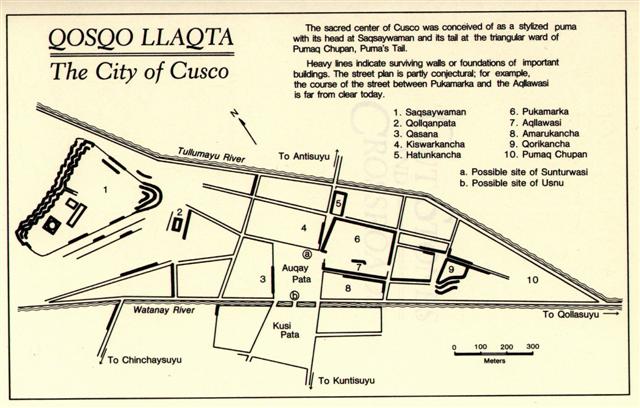466. It is necessary to consider which stars could have ruled when Epimenides 'finally fell on his face': ... When the man, Ulu, returned to his wife from his visit to the temple at Puueo, he said, 'I have heard the voice of the noble Mo'o,
and he has told me that tonight, as soon as darkness draws over the sea and the fires of the volcano goddess, Pele, light the clouds over the crater of Mount Kilauea, the black cloth will cover my head.
And when the breath has gone from my body and my spirit has departed to the realms of the dead, you are to bury my head carefully near our spring of running water. Plant my heart and entrails near the door of the house. My feet, legs, and arms, hide in the same manner. Then lie down upon the couch where the two of us have reposed so often, listen carefully throughout the night, and do not go forth before the sun has reddened the morning sky. If, in the silence of the night, you should hear noises as of falling leaves and flowers, and afterward as of heavy fruit dropping to the ground, you will know that my prayer has been granted: the life of our little boy will be saved.' And having said that, Ulu fell on his face and died ...
It was a kind of Poporo (Breadfruit) Tree which fell down, it was the halfyear twin (tanist) of the Pleiades halfyear: ... in the Marquesas they counted the fruits from the breadfruit trees in fours, perhaps thereby explaining the four 'berries' in this type of glyph. The breadfruit did not grow on Easter Island but the berries of Solanum nigrum were eaten in times of famine. Barthel compares with the word koporo on Mangareva. The poor crop of breadfruits at the end of the harvest season was called mei-koporo, where mei stood for breadfruit. On other islands breadfruit was called kuru, except in the Marquesas which also used the word mei. Koporo was a species of nightshade ...But on Easter Island they did not have the breadfruit and possibly instead the 6 'stones' of Tau-ono could have been the inspiration for the artist who created the C text:
...
His
wife
sang
a
dirge
of
lament,
but
did
precisely
as
she
was
told,
and
in
the
morning
she
found
her
house
surrounded
by a
perfect
thicket
of
vegetation.
'Before
the
door,'
we
are
told
in
Thomas
Thrum's
rendition
of
the
legend,
'on
the
very
spot
where
she
had
buried
her
husband's
heart,
there
grew
a
stately
tree
covered
over
with
broad,
green
leaves
dripping
with
dew
and
shining
in
the
early
sunlight,
while
on
the
grass
lay
the
ripe,
round
fruit,
where
it
had
fallen
from
the
branches
above.
And
this
tree
she
called
Ulu
(breadfruit)
in
honor
of
her
husband.
The
little
spring
was
concealed
by a
succulent
growth
of
strange
plants,
bearing
gigantic
leaves
and
pendant
clusters
of
long
yellow
fruit,
which
she
named
bananas.
The
intervening
space
was
filled
with
a
luxuriant
growth
of
slender
stems
and
twining
vines,
of
which
she
called
the
former
sugar-cane
and
the
latter
yams;
while
all
around
the
house
were
growing
little
shrubs
and
esculent
roots,
to
each
one
of
which
she
gave
an
appropriate
name.
Then
summoning
her
little
boy,
she
bade
him
gather
the
breadfruit
and
bananas,
and,
reserving
the
largest
and
best
for
the
gods,
roasted
the
remainder
in
the
hot
coals,
telling
him
that
in
the
future
this
should
be
his
food.
With
the
first
mouthful,
health
returned
to
the
body
of
the
child,
and
from
that
time
he
grew
in
strength
and
stature
until
he
attained
to
the
fullness
of
perfect
manhood.
He
became
a
mighty
warrior
in
those
days,
and
was
known
throughout
all
the
island,
so
that
when
he
died,
his
name,
Mokuola
[Motu-ora
=
Living
Island],
was
given
to
the
islet
in
the
bay
of
Hilo
[Hiro
=
Mercury]
where
his
bones
were
buried;
by
which
name
it
is
called
even
to
the
present
time
...
The
female
Girdle
and
Hips
(Zosma
and
Coxa)
marked
where
the
journey
of
the
Sun
as Leo
went
downwards:
|
|||||||||||||||||||||||||||||||||||||||||||||||||||||||||||||||||||||||||||||||||||||||||||||||||||||||||||||||||||||||||||||||










